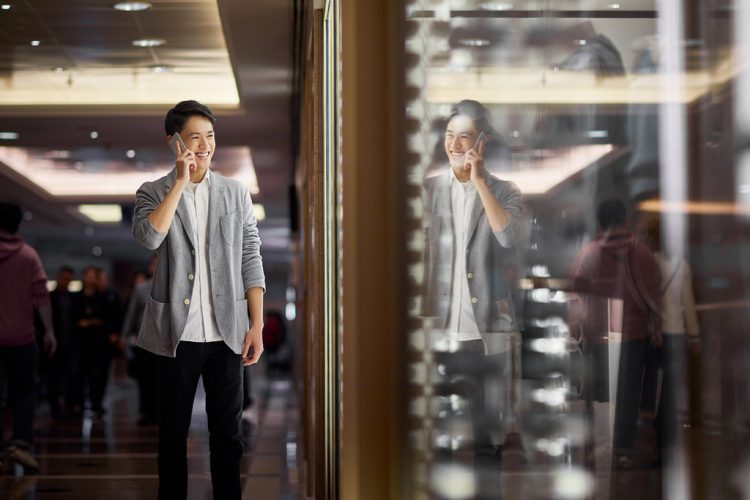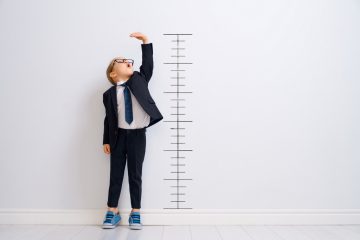China’s changing luxury goods market

The way luxury goods are bought and consumed by China has changed. Until now, many Chinese consumers took advantage of their trips to buy luxury products in Europe and the United States or at airport duty free shops. With travel restrictions and the unstoppable rise of online sales, luxury has had to reinvent itself, finding in eCommerce the key to achieve sustained growth.
According to a study published by Bain & Company on the luxury market in China, it grew by 48% in 2020 and, in 2021, it continued to grow registering a 36% increase in sales over the previous year.
Many big names in international luxury have turned their attentions on the Asian giant, as we saw in the article dedicated to the Chinese New Year and it is not to be surprised that some brands have achieved growth of up to 70% in their sales.
But the changes have not been limited to consumption habits, as the consumer profile of luxury products has changed, has been rejuvenated.
A younger and less loyal consumer
Shoppers born in the late 1990s and early 2000s now account for 46% of luxury product sales in China, according to the report A New Generation of Chinese Consumers Reshaping the Luxury Market by the Chinese company Tencent and the consulting firm BCG.
This has led brands to increase their efforts in digital marketing and to study new strategies that include influencers and rethinking brand identity to get closer to a new consumer profile that seeks to identify with the values of the products it purchases.
BCG’s study confirms that offline is still the most important channel, but online shopping has increased rapidly and will account for 22% of the market in 2021, compared to 20% in 2020.
A more demanding consumer, more connected and very active on social networks, this is the profile of the new Chinese luxury consumer.
The current average expenditure stands at €7,000 per consumer, but everything points to possible growth between 25% and 30% by the end of 2022.
The big challenge for brands is to offer a satisfactory experience throughout the purchase journey to foster loyalty, as less than 40% of luxury consumers are loyal to specific brands.
In fact, nearly 80% of consumers have increased their spending on new brands or switched brands in the last two years, according to BCG.




No Comment